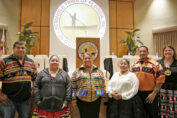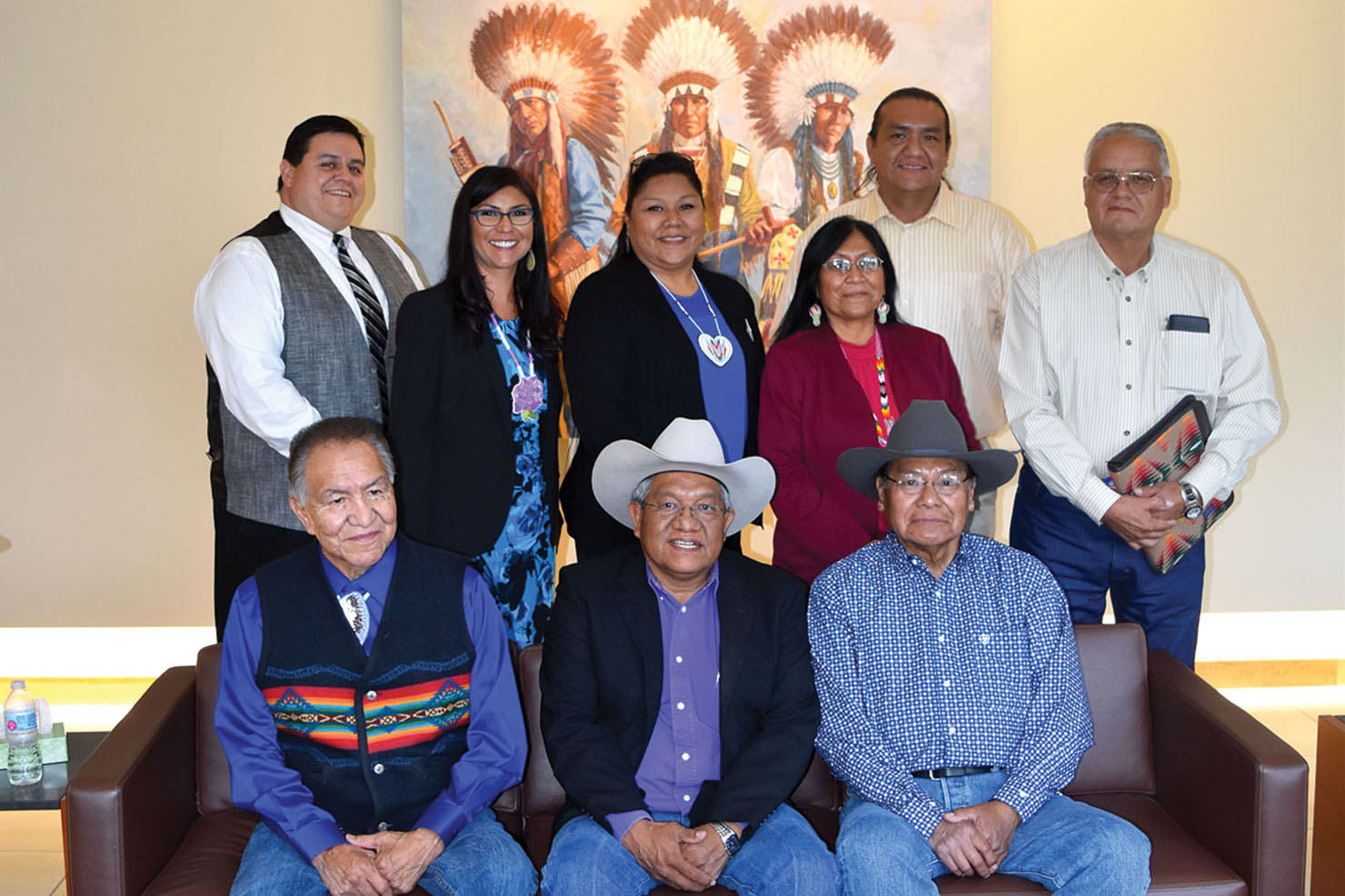
Navigating the Ghost Waters: Tracing Seminole History in the Everglades’ Liquid Labyrinth
The whisper of wind through sawgrass, the rhythmic dip of a paddle, the scent of brackish water mingling with cypress. These are not merely sensory details of the Florida Everglades; they are echoes of a profound history, an invitation to step onto a liquid map etched by centuries of Seminole resilience. Forget your typical theme park Florida; this is a journey into the soul of a landscape that defined a people, a living testament to the historical water routes that were once the arteries of survival, defense, and daily life for the Seminole Tribe.
My focus today isn’t a single, static landmark, but the dynamic, ever-shifting canvas of the Everglades itself, particularly its western edge and the intricate network of the Ten Thousand Islands. This is where the freshwater River of Grass bleeds into the Gulf, creating a labyrinth of mangrove tunnels, shallow bays, and hidden passages that, for the Seminole, were not obstacles but highways. To truly understand the Seminole historical water routes, one must immerse themselves in the very medium they navigated: the water.
Imagine, if you can, a time before paved roads and GPS, when the vast expanse of South Florida was an untamed wilderness. For the Seminole, driven south by relentless conflict during the Seminole Wars, this watery world became their sanctuary and their stronghold. Their knowledge of these routes – the deep channels, the barely submerged trails, the tides, the currents, the safe havens – was unparalleled. They were masters of the pirogue, a dugout canoe crafted from cypress, silent and swift, perfectly suited for gliding through the shallow, snag-filled waters. These canoes were their vehicles for hunting, fishing, trade, and, most critically, evasion from the U.S. Army.

Today, when you launch a kayak or canoe into the calm, glassy waters of a mangrove tunnel within Everglades National Park, you are not just embarking on a scenic tour; you are paddling through living history. The silence, broken only by the dip of your paddle or the call of a wading bird, allows the imagination to bridge the centuries. You trace paths that Seminole families took to find high ground for their chickees (open-sided, palmetto-thatched dwellings), routes that warriors used to outmaneuver their pursuers, and passages that hunters navigated to secure food for their communities.
The Wilderness Waterway, a 99-mile canoe/kayak trail stretching from Everglades City to Flamingo, offers perhaps the most direct, immersive experience of these historical arteries. While it’s a multi-day expedition requiring serious preparation, even a day trip into a segment of it, or exploring the calmer waters around Chokoloskee or Gulf Coast Visitor Center, provides profound insight. As you glide past the ancient, gnarled roots of red mangroves, forming impenetrable walls on either side, you begin to appreciate the sheer ingenuity required to navigate this environment without modern aids. The Seminoles read the water, the sky, the wind, and the subtle changes in vegetation like a book, an intuitive cartography passed down through generations.
These routes were not just practical pathways; they were culturally significant. They connected isolated communities, facilitated the exchange of goods like deerskins, alligator hides, and palmetto fiber for tools, cloth, and firearms. They were the veins through which Seminole culture flowed, ensuring the survival and continuity of their traditions against overwhelming odds. The very landscape became a part of their identity, a place where their spiritual beliefs and practical existence were inextricably linked. The "River of Grass" wasn’t just a physical place; it was a concept, a living entity that nurtured and protected them.
For the modern traveler, connecting with this history is a deeply moving experience. It’s not about seeing ancient ruins, but about feeling the presence of the past in the living, breathing environment. As you paddle through a narrow passage that suddenly opens into a vast, sun-drenched bay, you can almost hear the faint splash of a Seminole paddle, or imagine a small pirogue disappearing silently into the mangrove shadows, evading detection.

Beyond the physical act of paddling, there are other ways to engage with this rich heritage. Visit the Big Cypress National Preserve, located adjacent to Everglades National Park. Here, the Seminole and Miccosukee Tribes maintain reservations, offering opportunities to learn directly from descendants of those who traversed these historical routes. The Ah-Tah-Thi-Ki Museum on the Seminole Tribe of Florida’s Big Cypress Reservation provides an invaluable window into their history, culture, and enduring connection to the Everglades. While not directly on a water route, the museum explains the context and significance of those routes, showcasing artifacts, traditional clothing, and historical accounts that bring the stories to life. Learning about the chickee construction, the significance of corn, or the intricate beadwork provides a deeper appreciation for the people who once called these watery expanses home.
When planning your own journey into the Seminole’s historical water routes, consider a few practicalities. The best time to visit is during the dry season, from November to April, when temperatures are milder and mosquitoes are less prevalent. Bring plenty of water, sunscreen, insect repellent, and a hat. Renting a kayak or canoe is readily available from outfitters in Everglades City or Flamingo. Guided tours, both by kayak and airboat (though airboat tours, while exhilarating, offer a very different, less intimate experience than paddling), can provide valuable insights into the ecosystem and history. Always choose reputable, environmentally conscious operators.
Remember, this is a wilderness environment. Respect the wildlife – keep a safe distance from alligators and other creatures. More importantly, respect the historical and cultural significance of the land. Leave no trace, and tread lightly, understanding that you are a guest in a place of profound importance.
The Seminole Tribe’s resilience, their deep understanding of the land and water, and their unwavering spirit are woven into the fabric of the Everglades. By exploring their historical water routes, you gain more than just a scenic view; you gain an understanding of a people who, against incredible odds, found freedom and sustenance in one of the most unique and challenging environments on Earth. It is a journey that connects you not just to nature, but to the enduring human spirit, a poignant reminder of the power of adaptation, the wisdom of tradition, and the indelible mark left by those who truly knew how to navigate their world.

So, pack your bags, prepare your paddle, and set your compass for the heart of the Everglades. Let the ghost waters guide you through a landscape that whispers tales of courage, survival, and a heritage as deep and complex as the mangrove roots themselves. This isn’t just a trip; it’s an homage, an education, and an unforgettable immersion into a vital piece of Florida’s, and America’s, past. Go forth and discover the liquid map that shaped a nation.

